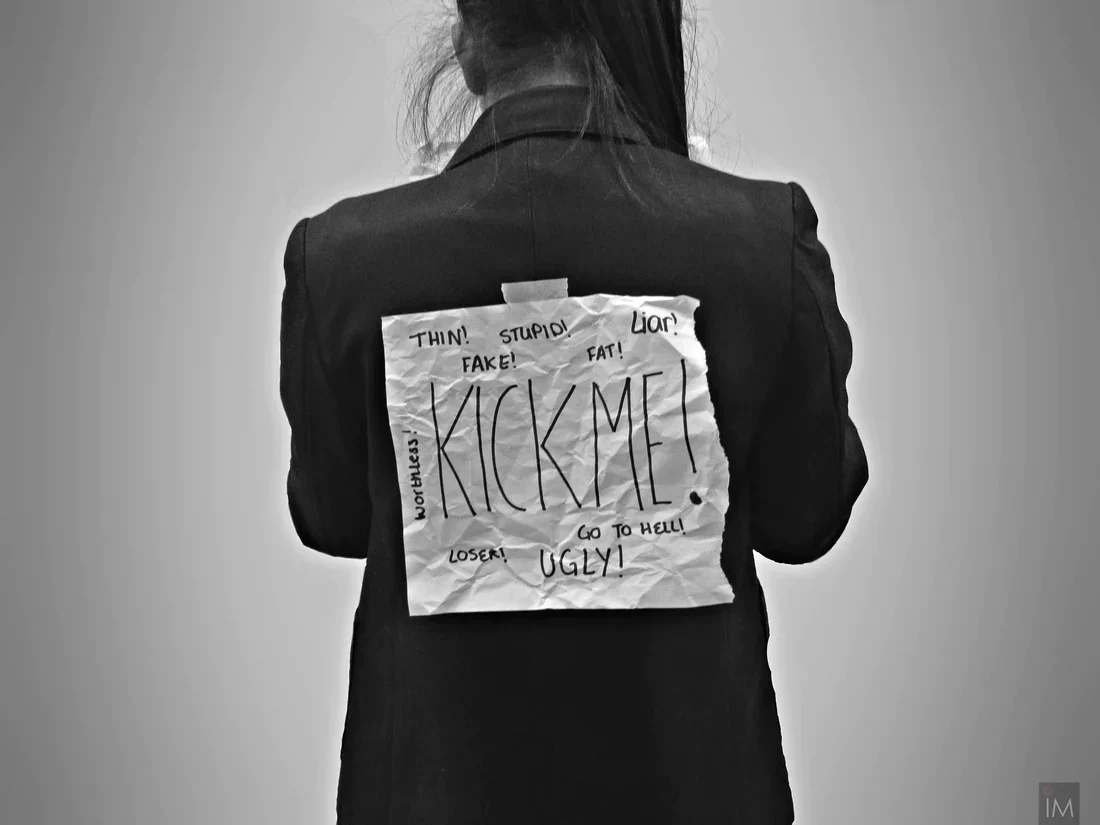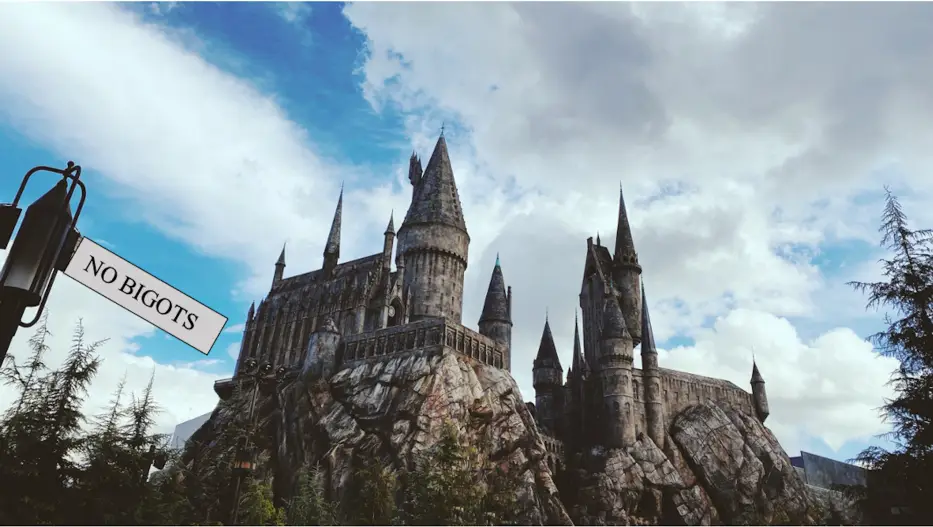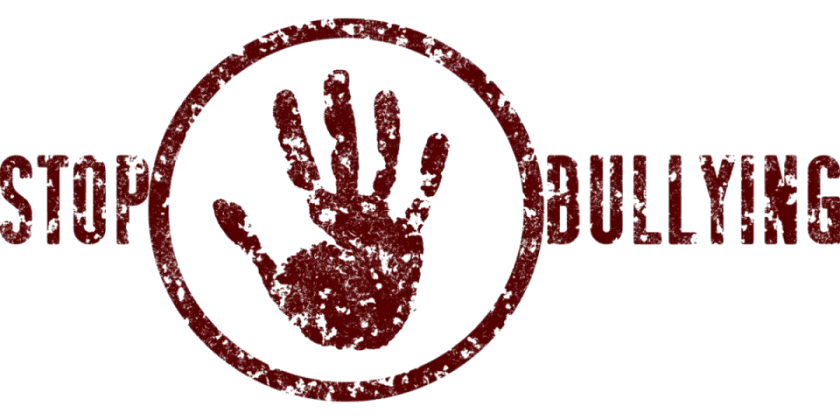Table of Contents
Moments of peace from resolutions concerning past bullying occurred many times but always unraveled in recurring feelings that proved the answers wrong. The never-ending coping with bullying is perhaps the most frustrating aspect of this problem. I have tried many times to research, contextualize, and clarify the issue but failed because understanding bullying likens to diagnosing and treating yourself for a disease that few people care about or understand. Expressing the trauma inflicted by bullying does not seem to make people understand or empathize despite the abundance of childhood and school abuse stories. The reason bullying remains misunderstood and mostly ignored stems from devaluing children and social discrimination.
Little Person — Little Trauma
If every day you went to work and worried about coworkers calling you derogatory names like ugly, fat-ass, pussy, faggot, and many others, you would likely resign. But say you liked the job (just not the people) or couldn’t quit for financial reasons, so you decide to complain to the boss. He tells you, “Well, we’ll look into it.” The guilty coworkers receive a scolding, maybe a written reprimand, and harassment stops but restarts a day or two later. This situation would likely escalate into someone getting fired, possibly arrested, and an employer sued. Yet daily, children are sent to schools to endure the same name-calling and violence, armed with useless solutions to “toughen up” or “ignore the bully.”
Victims quickly begin wondering why parents and teachers do not help them, and sadly, children often adopt hostile attitudes toward parents and other authority figures, especially when given the excuses,
I didn’t know it was that bad.
I thought it was just normal kid stuff.
Claiming ignorance of the problem has some merit because many kids do not want to involve parents, fearing more bullying or reputation problems; however, a child’s lack of communication goes only so far. Caring parents become aware of the issue at some point, and sadly, many parents downplay the problem’s severity by arming kids with those useless solutions and sometimes blame their kids. The reason parents act this way results from indoctrination by society to devalue children and their problems.
Many parents don’t believe kids have problems because kid problems are not real-world problems. This is an old issue in which adults view kids as harmless and their problems unrealistic since they have few responsibilities. This perspective has some merit since kids often lack a full grasp of social issues and adult problems, but lack of experience does not diminish the impact of violence, verbal assault, and constant exposure to hate. If anything, a child exposed to daily harassment, often for years, causes more damage since they cannot cope with the problems.
Consider a person's nine year timeline from fourth grade until high school’s end, and the amount of exposure to violence, hate, and harassment. How is that experience different than sending a person to a combat zone to live for a year under the constant stress of attack? If given a choice between struggling through ten years of bullying or going to a war zone for a year, I would gladly take the war zone since stress would end faster.
For many people, comparing bullying with war seems ludicrous because there’s no comparing people teasing (threatened, punched, spit on, and constantly ridiculed) with fighting a hostile enemy. Adults who devalue children in this way trap kids in violence and harassment using mundane overgeneralizations, “kids are kids,” and “boys will be boys,” or “you know how girls can be.” This thought pattern begs the question, why do people think it is okay to devalue children’s pain? The question is disturbing because far more awareness exists today about bullying and violence’s long-term exposure, elucidating the clear answer that society discriminates and devalues some children’s suffering more than others.
Bullying is camouflage for classism, privilege, and religion.
Trickle-down Discrimination
Despite increased awareness, bullying continues to harm many kids and adults more than realized. Whether you were excluded from a group in high school for no reason or exposed to a misogynist boss, everyone, at some point, experiences a bully in isolated incidents that are not considered bullying, which requires continuous exposure. Successfully managing or avoiding these conflicts has nothing to do with standing up for yourself but more to do with your social power level. In the US, if you are an affluent, white, male, athletic, Christian, you are less likely to be bullied than a poor, white, male, unathletic, non-Christian student. This victimology is not a farfetched assumption; according to the National Center for Educational Statistics, bullied children typically become victims due to “physical appearance, race/ethnicity, gender, disability, religion, sexual orientation”
The difficulty of seeing this discrimination results from the fact that schools create a social microcosm where the determinants of “popularity” sometimes appear less concerned with race and other factors: an anomaly that quickly returns to the norm when people graduate to adult discrimination and racism. Popularity is code for kid discrimination since the causes of bullying are the same stunningly obvious issues plaguing the United States. If you consider these causes in context, bullying becomes a natural extension of classism and privilege, especially when you consider who performs the bullying.
Most people are under the misguided notion that bullies are low self-esteem delinquents from poor, uncaring families but, bullies are typically straight, white, upper-middle-class, or rich kids since they are empowered to perform the bullying. This fact does not exclude kids of different races or female bullies because they exist in predominately black schools or all-girls schools. There is a classism variable in the bullying equation, and this dictates some kids, even of the same race or gender, are better than their peers.
Bullying is just training for adult bigotry and discrimination. Why this idea shocks people is mind-numbingly frustrating since our society elevates people based on beauty, physicality, worthless university degrees earned by athletes, and wealth (earned or unearned). Is it any wonder that these values trickle down from the rich into the poor’s child-rearing? Not at all. Discrimination needs to start somewhere and childhood is the perfect place to perpetuate the practice couched in gaslighting values such as telling kids,
Well, what are you doing to make people pick on you?
You’re exaggerating the problem.
Stop playing the victim.
Sound familiar?
You must have done something wrong to make the police beat you.
Racism is blown out of proportion.
Stop playing the race card.
As though there is a choice, the trickle-down morality dictates “you” are the problem, not the kid on the bus punching you in the face. This gaslighting is the worst of privilege, infecting children with a vicious entitlement to life at the expense of others, and worse yet, demands the victim comply with that entitlement. Those who argue this point are typically people incentivized to remain ignorant of bullying since the problem benefits them. Bullies are a valuable tool for aligning students with teachers, school administrators, and community values under the guise of popularity, which doesn’t include the problem students: non-Christians, gays, weak, disabled, blacks, and many others.
Just like racism in the adult world, white, Christian, rich, and upper-middle-class people ignore and have no incentive to solve or take responsibility for bullying. Rarely do rich kids experience bullying, not because their parents are more involved or care more about their kids (as people erroneously believe), but because they have the means to end it. It is amazing what lawyers and money achieve in a society that raises these resources above anyone who can afford them. Sadly, one of the functions of this privilege is to blind the victims to bullying’s legal options.
The Wall of Inaction
Harassing and assaulting people is not legal, adult or not, yet most people do not call the police or take legal action against schools. This inaction stems from learned ignorance in which parents are led to believe no legal options exist. In reality, bullying is not considered a crime in most states, meaning that taking action against a group is nearly impossible, but individual bullies harassing or attacking children can be arrested and charged, but this necessitates fighting multiple legal battles.
Another part of the problem stems from living in a society with privileged members because the same legal system, supposedly working for everyone, doesn’t work as well for the less privileged. The only difference between a high school and adult bully’s arrest is the legal system’s treatment, which is harsher for adults than juveniles. The inability to fight bullying is a sad injustice readily seen when many concerned parents seek a remedy for their child’s suffering and run into a wall of uncaring inaction from law enforcement and school administrators. Principals and teachers are some of the worst culprits, proliferating bullying because they don’t care, don’t take it seriously, and often sympathize with the bully for holding the same prejudices. Classism and prejudice’s ugliness reveals when parents fight the system and become ostracized by a community more likely to rally behind the bully — who is not a kid of color, poverty, homosexuality, or other diversity.
The Frustration
Looking at bullying as a form of classism and discrimination clarifies the broader implications. There is no argument that bullying is a form of systemic discrimination, preserving social hierarchies. If it were not, schools and parents would teach values like, “Stand up for the weak kid being picked on,” instead of making excuses, giving useless advice, and blaming the victim. Discrimination is the only explanation for why this problem occurs, continues to be ignored, and has worsened in the wake of technology that allows cyberbullying and stalking to enter one’s life and home when school ends.
For many people, bullying is a topic of extreme frustration for being constantly downplayed in severity. Considering most people experience some form of bullying in life, one would assume people more empathetic, but most individuals reflect an indoctrination of uncaring, evidenced by their statements,
They made themselves the victim.
You just have to learn to stand up for yourself.
Bullying pierces the veil of discrimination with clear causes and negative long-term consequences, but sadly the prejudices maintaining this discrimination remain equally clear and acceptable.
Bullying Photo by Ilayza Macayan on Unsplash




